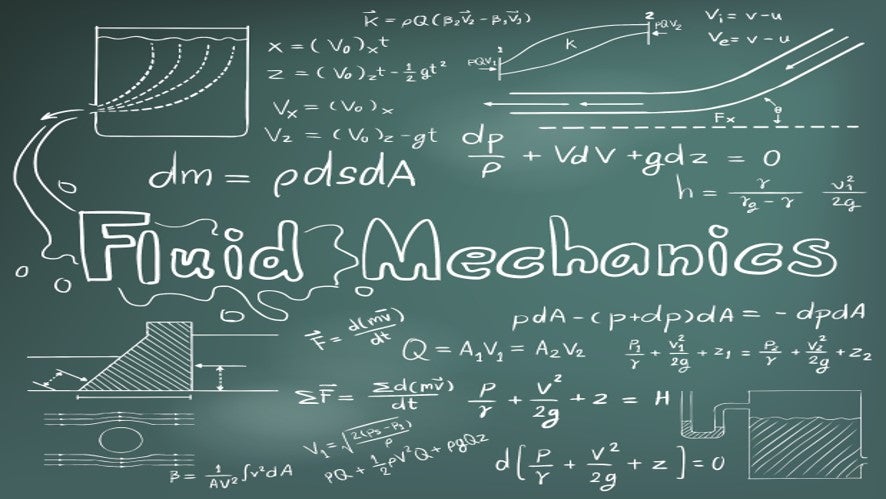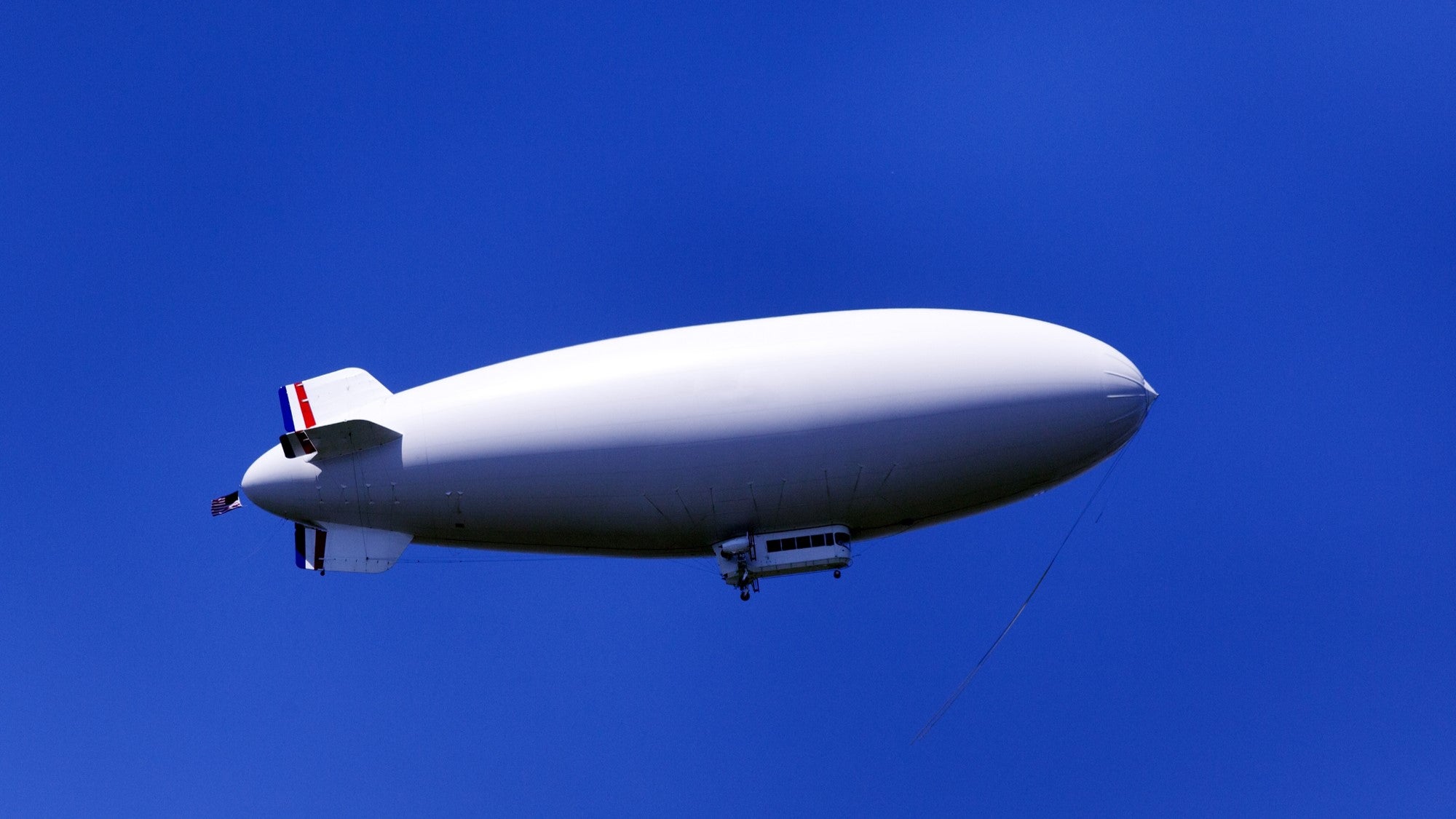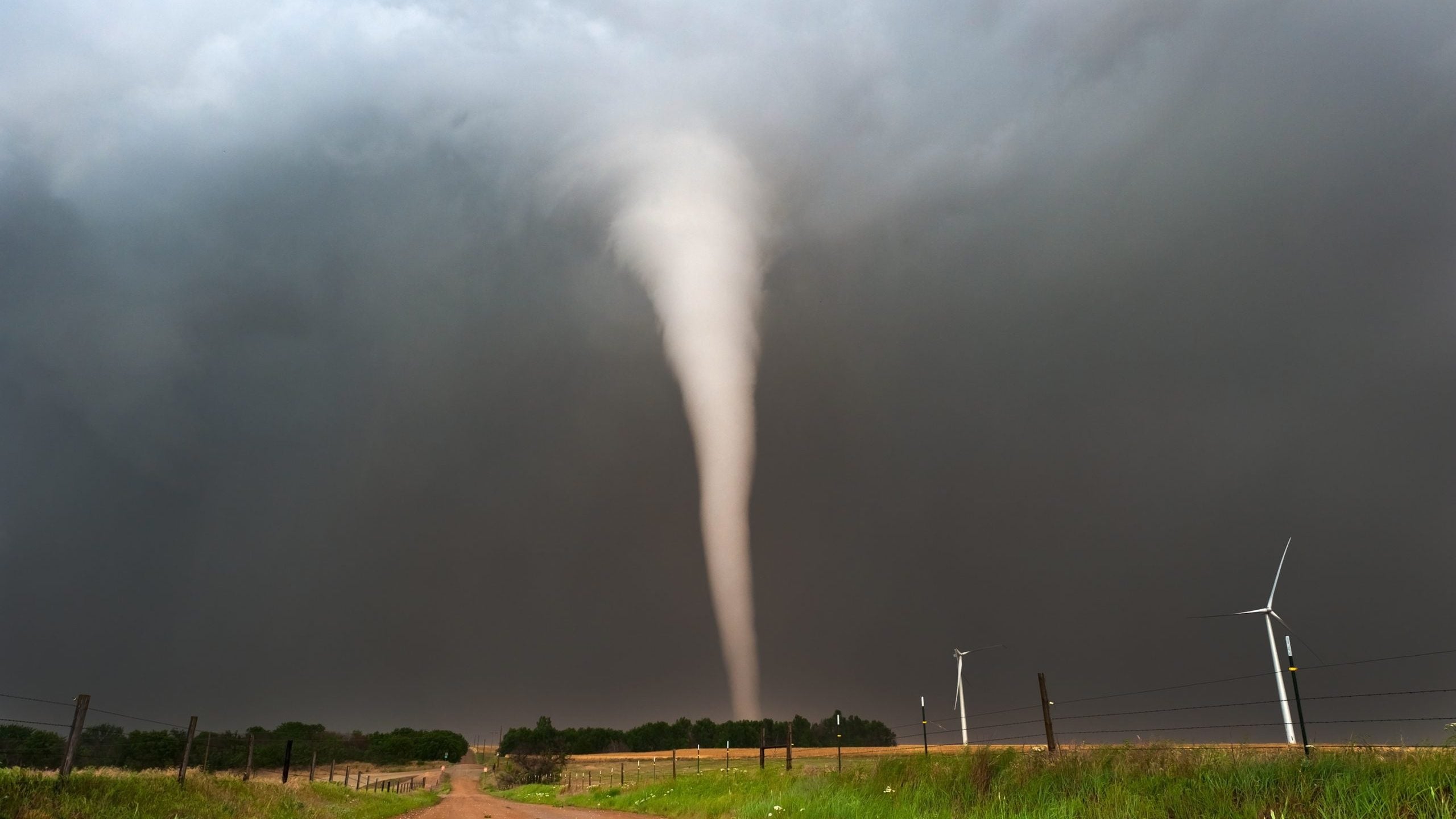From our atmosphere to the very blood that runs in our veins, fluids are everywhere and are essential to life. The study of fluids in motion is called fluid dynamics, and engineers rely on it to design and optimize engineering applications. The principles of fluid dynamics enable engineers to design rockets that carry humans into space, to cool high-performance electronics, to power our cities, and many more critical engineering applications. In this learning track, we will start by answering the simple yet enigmatic question "What are fluids?" We will then proceed through courses that incrementally add sophistication and build a foundation for learning the fundamentals of fluid dynamics. This learning track is a precursor to more advanced topics that can further your insight into fluid dynamics. Alternate video link.

Innovation Course
What Are Fluids?
This course offers an introduction to fluid dynamics. It answers the What Are Fluids? question by examining the physical properties of fluids (versus solids and gases) and defining the many types of fluid flows.Learn practical simulation engineering techniques while following alon...Read more

Innovation Course
Governing Equations of Fluids
This course looks at the five governing equations of fluid dynamics — conservation of mass (one), momentum (three) and energy (one) — which are commonly referred to as the Navier-Stokes equations. It defines the Reynolds transport and Gauss divergence theorem...Read more

Innovation Course
Dimensional Analysis and Similarity
The focus of this course is on dimensional analysis and similarity. We will first explore the idea and importance of geometric and dynamic similarity. Next, we will identify some important dimensional numbers and use them to non-dimensionalize the Navier-Stokes...Read more

Innovation Course
Simple Approximations of Fluid Flows
In this course, you will learn how to obtain analytical solutions to some fundamental problems by making approximations to the fluid flow. You will first study the different types of approximations such as incompressibility, inviscid, etc., and understand thei...Read more

Innovation Course
Viscous Laminar Flows
In this course, you will learn about the basics of viscous laminar flows. These flows can be bounded (internal) or unbounded (external). First, you will learn about the various fluid forces acting on an object in unbounded flows and categorize them as lift and drag forces. N...Read more



